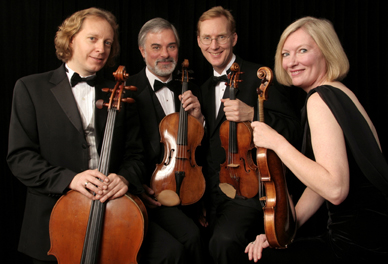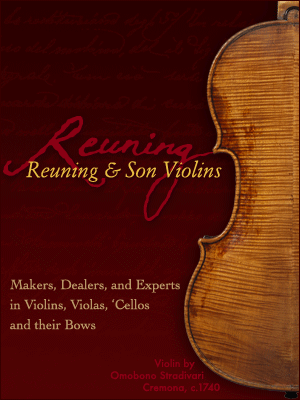This season, “late” Beethoven has been a strong presence on New York’s concert scene, and notable performances of his last string quartets were given by two of today’s most acclaimed chamber groups: the Tokyo and Orion String Quartets. Both have lived with these works throughout their careers, and, in these performances, again brought to them the consummate tonal, musical and ensemble perfection born of years of study and world-wide performances. Among the Tokyo’s New York appearances was a six-concert cycle to benefit the AIDS epidemic; the Orion presented a similar series to the City as a free gift to celebrate the new Millennium.
The Tokyo is performing the complete Beethoven cycle over four years at the 92nd Street Y, where it is Ensemble-in-Residence, devoting each season to one “period” of his works; this is the final year. For this series, the players are adding a new element to the programs: they are combining the quartets with important keyboard compositions of the same period to give audiences a wider perspective of Beethoven’s work. Their four guest pianists represent different nationalities, generations and styles, and include two extraordinarily talented young newcomers: Juho Pohjonen from Finland in his 92nd Street Y debut in the first concert, and Aleksndar Madzar from Belgrade in his New York debut in the second. Pohjonen, a multiple international prize-winner, chose an unusual calling card: Beethoven’s final set of Bagatelles, Op. 126. These six perfect miniatures look deceptively simple and are not outwardly effective, but require utmost control, sensitivity and subtlety. With remarkable concentration, flexibility, color and nuance, Pohjonen brought out their contrasting character, from dreamy ambiguity to fiery assertiveness, leaving an impression of superior pianism and communicative power.
Madza’s international career was launched when he won the 1996 Leeds Piano Competition. A fine pianist with a splendid but unobtrusive technique, his unfailingly beautiful, singing tone and distinctive lyrical gifts found full expression in the Sonatas Op. 109 and 110, and he handled the mood and tempo changes admirably.
In the third concert, the renowned American pianist, fortepianist and scholar Robert Levin played the Piano Sonata Op. 101 with his customary clarity and nobility; the Quartet’s cellist, Clive Greensmith, joined him for a lovely, expressive performance of the Cello Sonata Op. 102, No. 1.
The Tokyo performed the Quartet Op. 130 with the original Finale, the thorny, daunting “Great Fugue,” and the Quartets Op. 127, 132, and 135. They will close the series with Op. 131 in the fourth concert on May 7; their guest will be the brilliant young Russian pianist Kirill Gerstein in Beethoven’s last Sonata, Op. 111, and the Bagatelles Op 119.
The Orion Quartet is Ensemble-in-Residence at the Mannes College of Music, where it presents an annual concert series. Its most recent program featured Beethoven’s Quartet Op. 131, and Brahms’ Op. 51 No. 2, to show how Brahms continued Beethoven’s legacy and where he diverged from it. However, these two works revealed a sort of inverse legacy: Beethoven’s free, continuous seven-movement structure seemed far more innovative than Brahms’ traditional four movements.
The performance, as always, was distinguished by its technical and ensemble perfection, its tonal and rhythmic balance, its control, spontaneity, and its deeply felt expressiveness.
Both halls were filled to the rafters and the ovations would not stop.


